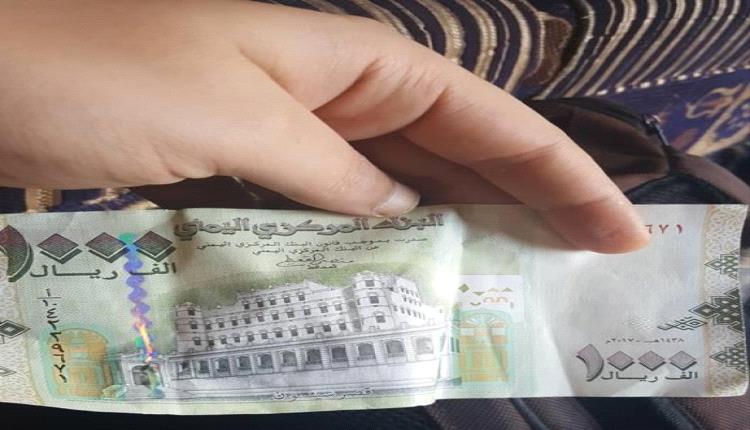Shibh Aljazeera Net | Economy | Local
Recently, banknotes of 1,000 riyals bearing the “D” symbol from the Aden government, locally called the “Qaiti Riyal,” have been observed in areas controlled by the Sanaa government. This currency is market-rejected, causing financial losses for citizens who unknowingly receive the banned notes.
Social media activists reported instances of deceit involving these banned 1,000-riyal notes, marked with “D,” being included in bundles alongside legal notes with the “A” symbol, commonly used in Sanaa. Activists warned that citizens should verify banknotes upon receipt, as some unscrupulous exchanges might remove the “D” symbol and replace it with “A,” passing the notes at the Sanaa exchange rate to unsuspecting recipients, such as returnees and merchants.
In 2021, the Central Bank of Sanaa banned transactions involving the “D” series 1,000-riyal notes issued in the same year as legal notes in Sanaa (2017). The bank stated that the Aden Central Bank injected around 60 billion riyals of this series in Aden and Mukalla out of a total of 400 billion riyals. The Central Bank of Sanaa considers any 1,000-riyal note with a serial number starting with any letter other than “A” as counterfeit and forbids dealing with, possessing, or transporting it.
Rejection by Retailers
According to the Boqash Monitor, some citizens recently discovered banned “D” notes in their received payments, but this often becomes evident only after handling the cash in the market, where retailers may reject notes without the “A” symbol. A money exchange owner in Sanaa acknowledged that this could happen but denied his business’s responsibility, attributing the issue to monetary authorities in Sanaa. He noted that banned currency might be entering Sanaa through illegal channels beyond the control of exchange offices.
Employees at his exchange verify the legitimacy of the currency they handle, setting aside banned notes for later replacement. Regarding the market’s rejection of the banned 1,000-riyal notes, he advised customers to double-check notes at the time of receipt, whether at exchange offices or shops, for their peace of mind.
Attempts to Break the Ban
Economic journalist Rashid al-Haddad described this development as a serious issue, especially affecting small business owners and merchants. He noted that there has been a recent surge in banned currency introduced by unidentified parties aiming to distribute notes restricted by Sanaa’s monetary authorities, exploiting people’s reduced attention to details like serial numbers and issuing symbols. He warned that this represents an attempt to break the Sanaa government’s currency ban.
Al-Haddad believes this is a systematic effort requiring renewed awareness about distinguishing legal from banned currency. He speculated that banned currency might be intentionally circulated in rural or crowded markets, where customers are less likely to scrutinize the notes, adding that the Sanaa market has developed a strong stance against reintroducing such currency, adhering to Central Bank regulations.
According to al-Haddad, these developments suggest an “attempt to breach and circumvent the ban.” He highlighted initial attempts to market “D” symbol notes and mentioned that the Central Bank of Sanaa is monitoring the issue. He recommended that the Yemeni Association of Money Exchangers and the Ministry of Trade and Industry issue warnings to protect the market, potentially by distributing posters in shops outlining differences between the legal and banned currency.
He concluded that addressing this issue requires shared responsibility, emphasizing that protecting the local currency is essential for the government, citizens, and society as a whole, as currency instability can lead to broader economic and humanitarian crises.
